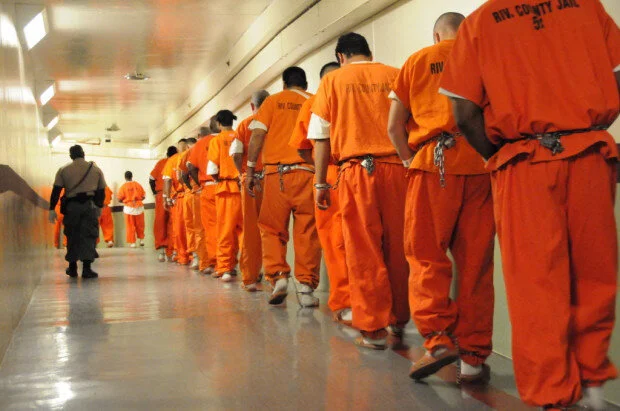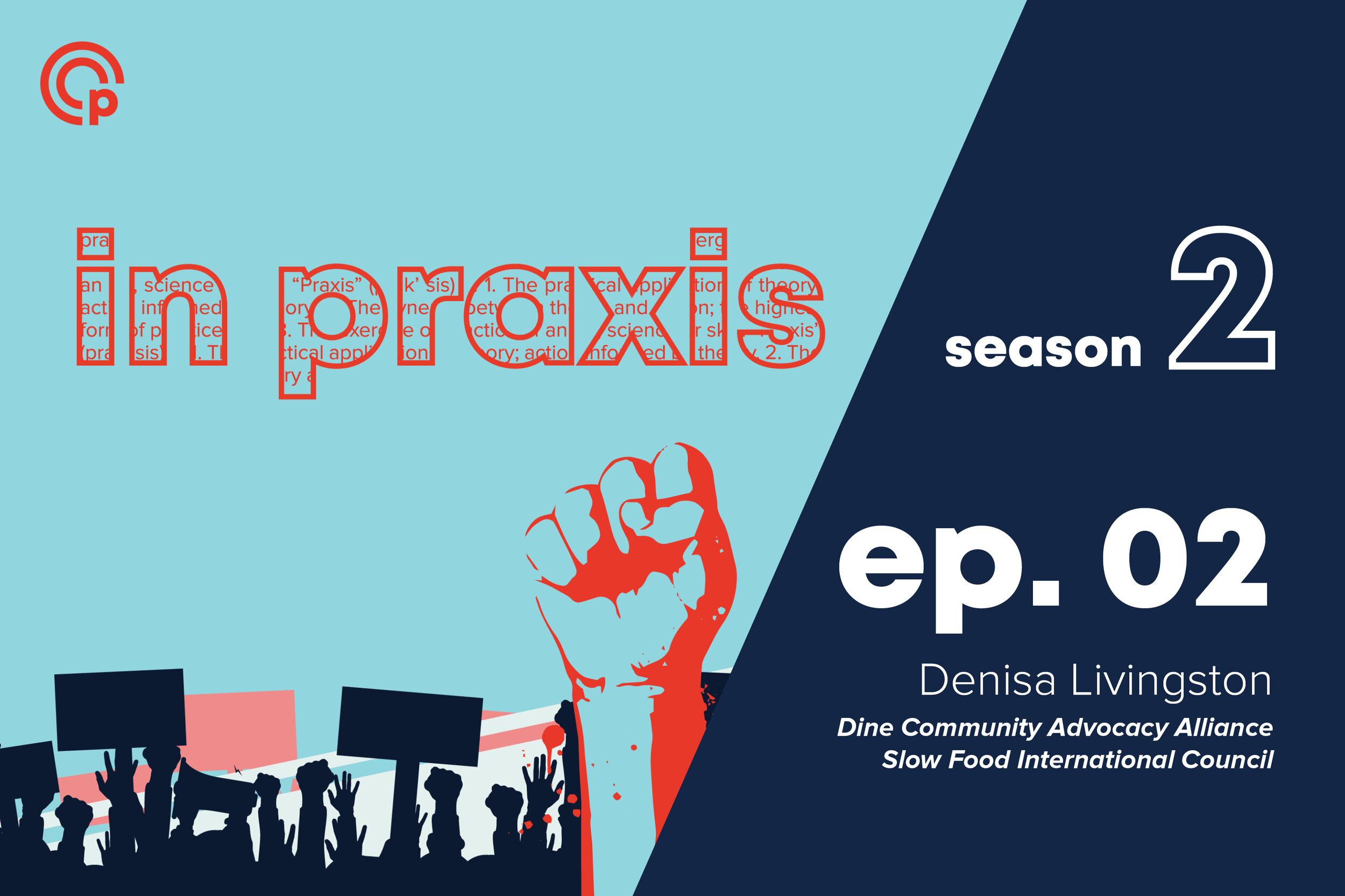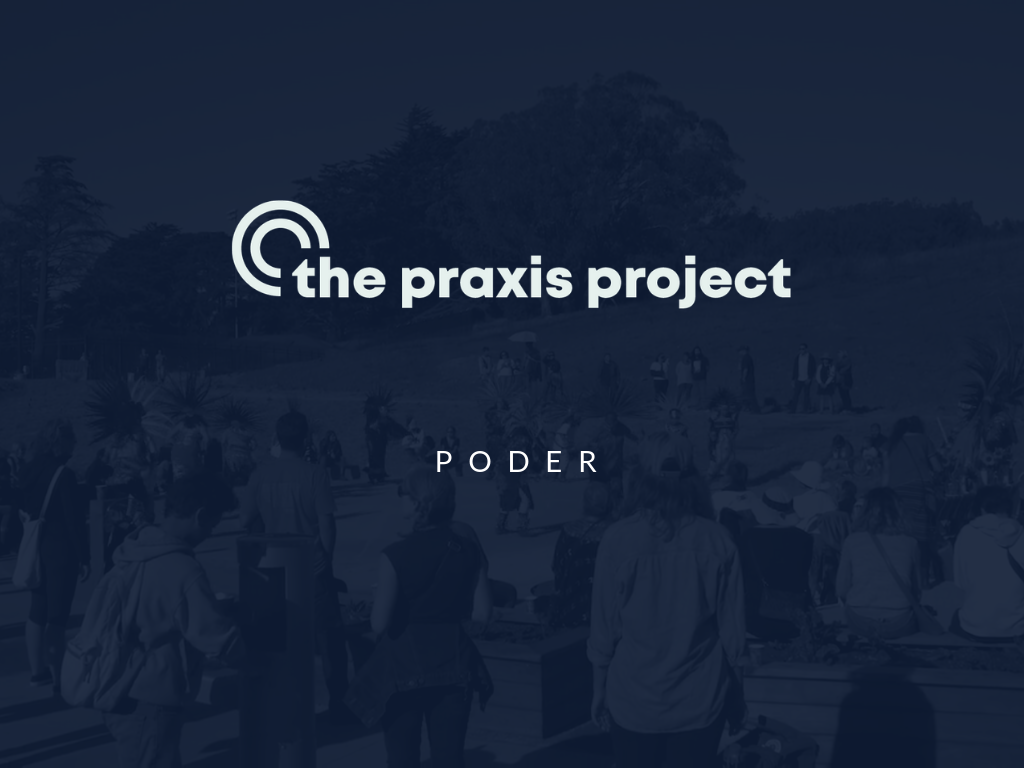Community Infrastructure
Community infrastructure, also referred to as built environment, is a complex system of facilities, structures, and the environment of a neighborhood that contribute to the quality of life and overall safety and health of a community.[1] There are several components to community infrastructure:
Connective infrastructure refers to structures that help connect the city such as roads, sidewalks, and crossings.
Protective infrastructure refers to the building of drainages, damns, and embankments in order to protect cities from flooding and other natural disasters.
Water and Sanitation infrastructure includes water supply, disposal and composting systems within a community.
Communication and socio-economic infrastructure refers to telephone centers/lines and other communicative tools that allow the city to better communicate. It also refers to establishments that foster social cohesion.[2]
Energy infrastructure refers to the presence of bio-gasifiers, solar energy use, and refineries in a community.
Strong community infrastructure not only improves the physical aesthetic of a neighborhood but impacts the health behavior (such as physical activity), social connection(s), and exposure to health risks of its members—tying directly to measurements of quality of life. When looking across factors such as socio-economic status (SES) and race, a lack of community infrastructure is found to be associated with low SES and in communities of color.[3] This inequity is directly linked to government disinvestment in these communities, creating even more disparate health realities.
In order to prevent continued adverse health outcomes, equitable government investment in communities of color and low SES communities is vital. Equitable community infrastructure has the power to improve the quality of life as well as both indirectly and directly impact the health of its members. For example, community infrastructure that is “pedestrian-focused” (implementation of sidewalks, marked crosswalks, greenery, etc.) has been found to correlate with active transport, walkability, declining obesity rates,[4] and physical activity within a neighborhood. Physical activity and walkability play major roles in the spurring of chronic illnesses.[5] Furthermore, community infrastructure plays a role in the sociality and/or isolation within a neighborhood—contributing to an individual’s stress and psychological health.
Community infrastructure plays an important role in the health of a community, both physically and mentally. Likewise, when there are disparities present between communities and the infrastructure is unkept and/or neglected by the local government, this leads to an increased health burden and adverse health outcomes in these communities.
Community organizers are working towards just community infrastructure through a range of approaches, such as ensuring community perspectives are considered when local government is developing comprehensive or general plans. Basebuilding partners are advocating for broadband internet access, equitable building residential electrification policies, as well as accountability in public entities such as local banks and the Public Defender’s office. Organizers also advance community infrastructure by ensuring city, county, and local non-profits include immigrants and people with disabilities when developing disaster preparedness and response plans.
DISPARITIES AND STATISTICS
Race and Ethnicity:
Communities of color have higher exposure rates to air pollution than their white, non-Hispanic counterparts.[6] Fifty-six percent of the nine million Americans who live in neighborhoods within three kilometers of large commercial hazardous waste facilities - environmental exposures that can cause health conditions such as heart disease, asthma, and strokes - are people of color.[7] In addition, the share of polluting exposure and health risks for Blacks and Hispanics exceed their share of employment at polluting facilities.
Low-income communities of color are disproportionately harmed by the effects of climate change,[8] which in turn impacts community infrastructure: government disinvestment in communities of color after climate change-related disasters perpetuates disparities in quality of community infrastructure, and resulting health inequities.
Socioeconomic:
A 2015 Brookings Institute study found that low-income and minority communities have very low rates of broadband internet adoption: 56% and 43% respectively.[9] As of 2019, this number grows smaller amongst rural communities and even smaller amongst rural Black communities, who often are left unserved altogether further perpetuating educational and economic inequities.[10]
While almost 90% of high-income areas have sidewalks on one or both sides of the street, in low-income communities that percentage drops to 49%. Streets with street lighting are also significantly more common in high-income areas than in low-income communities. Streets with marked crosswalks are almost double as common in high-income areas than in low-income communities. Traffic calming features, such as traffic islands, curb bulb outs that shorten crossing distances, and traffic circles, are found almost three times as often in high-income areas. This inequitable distribution of pedestrian-focused infrastructure impacts neighborhood safety, walkability, and residents’ health.
















































